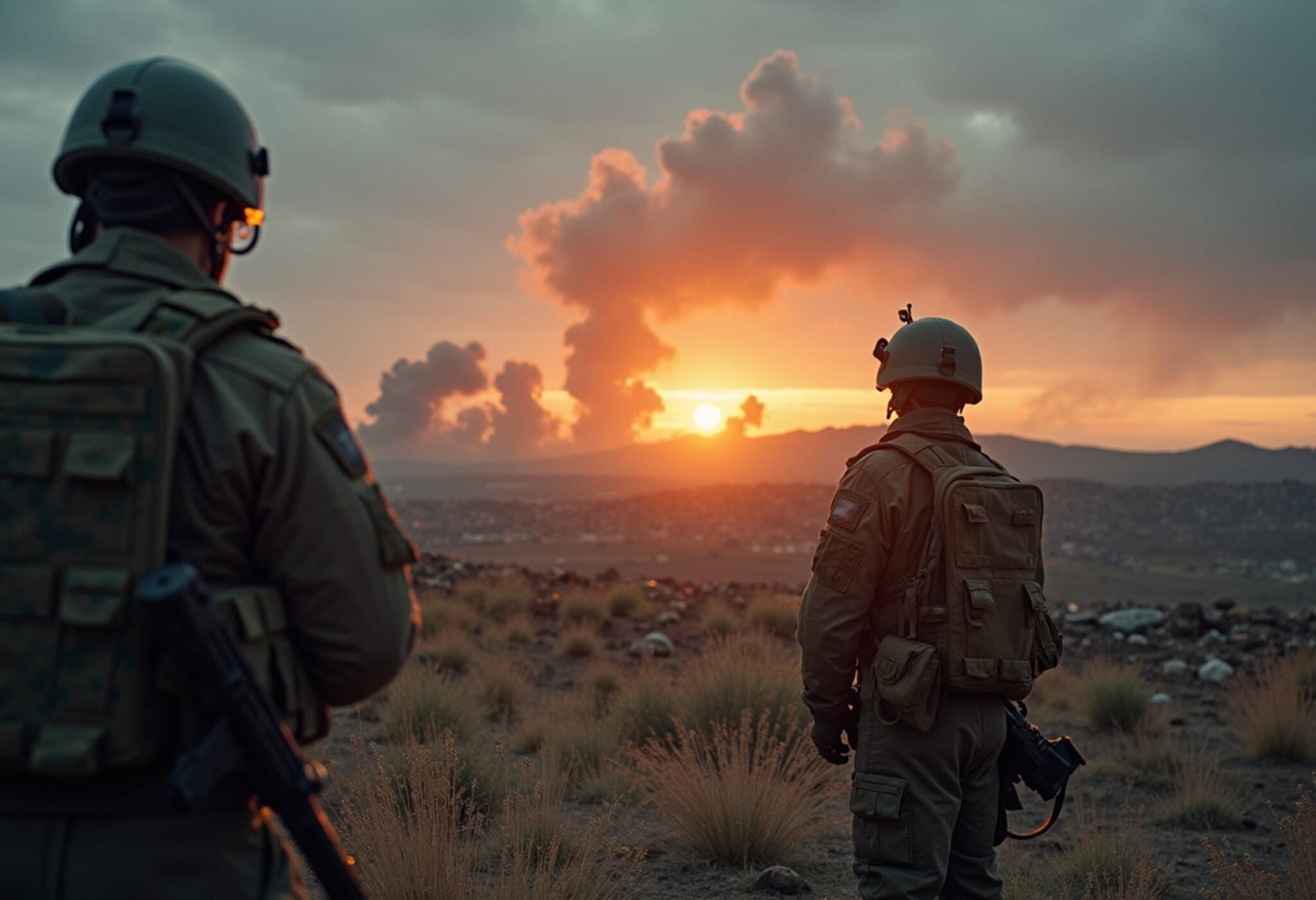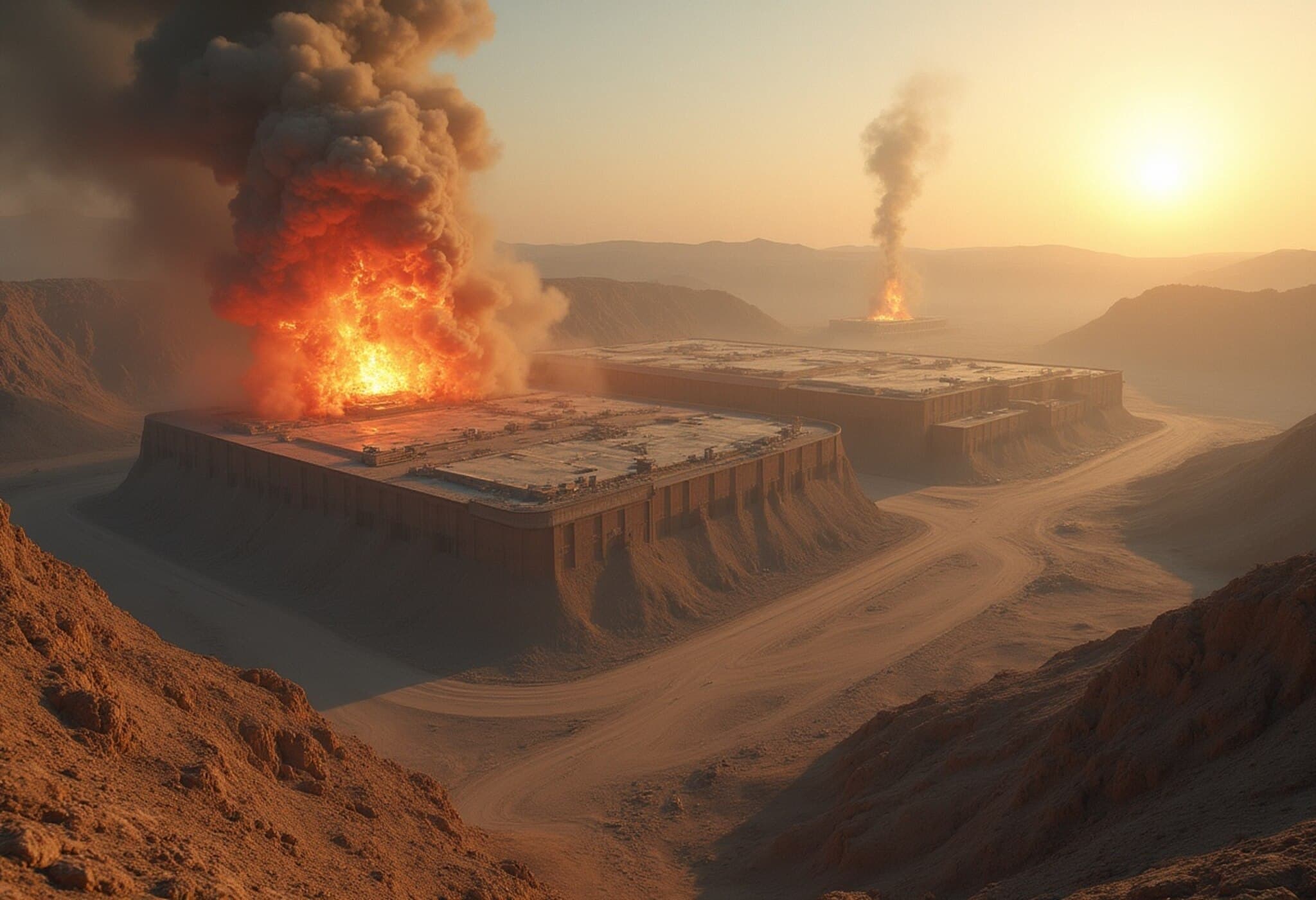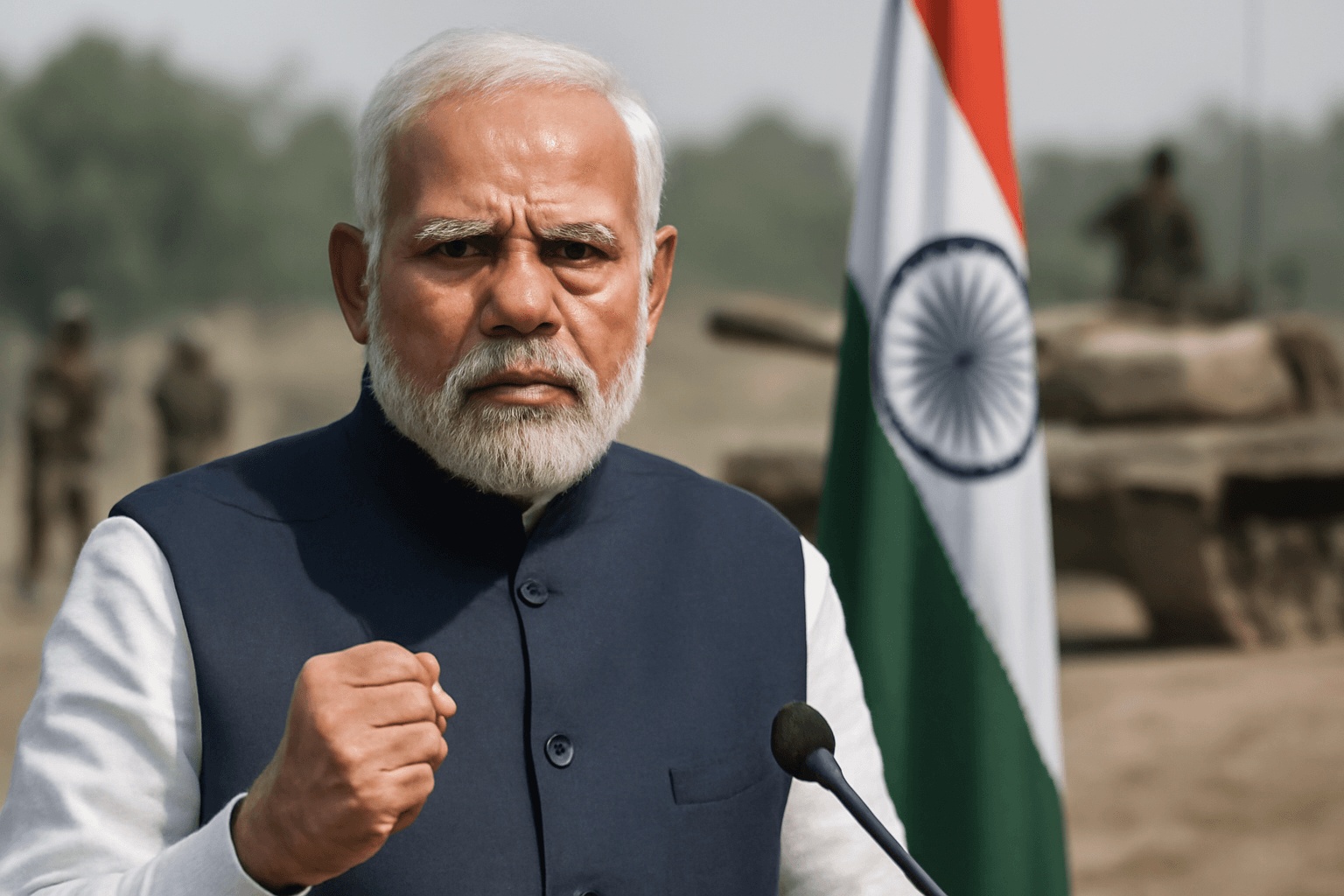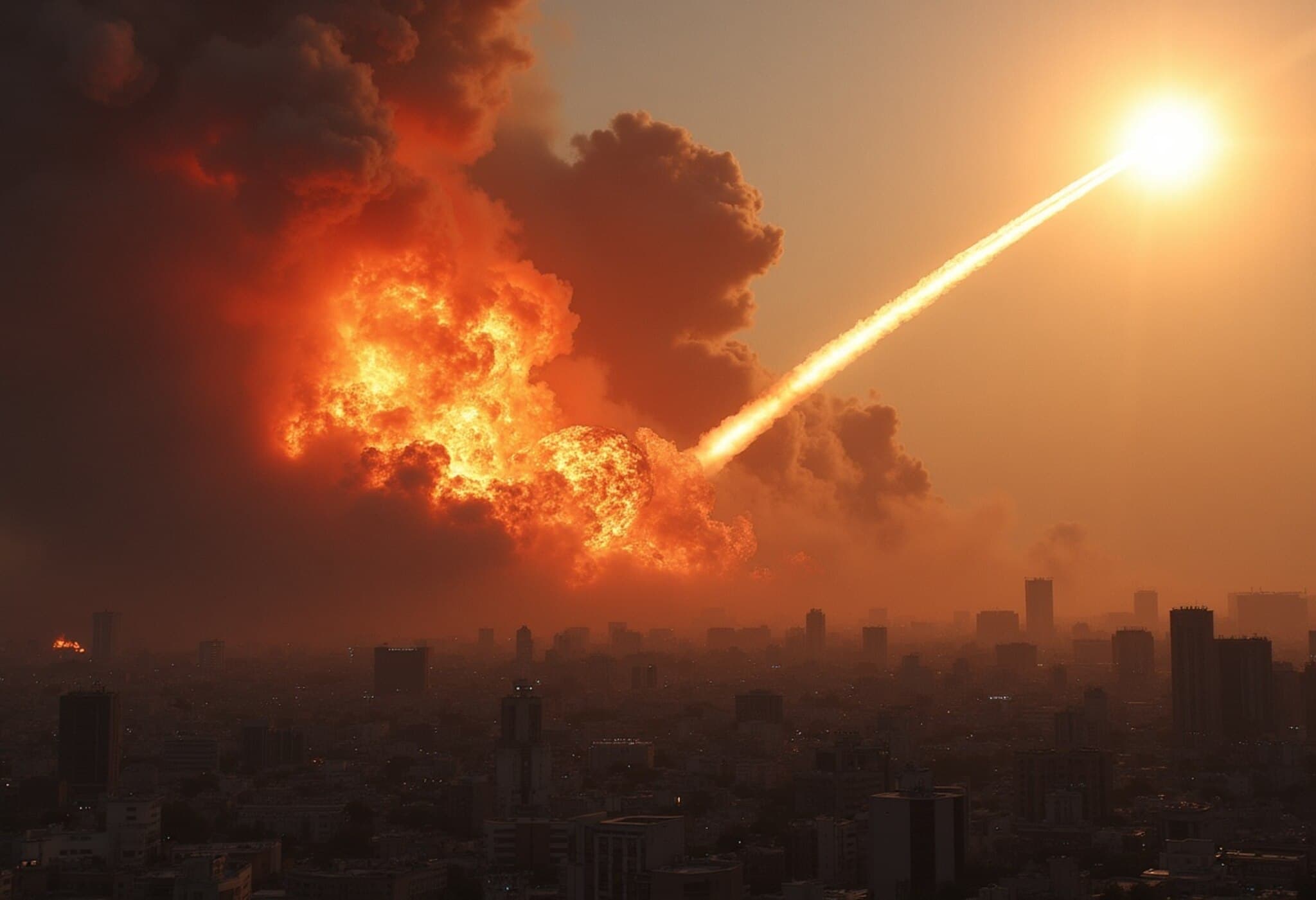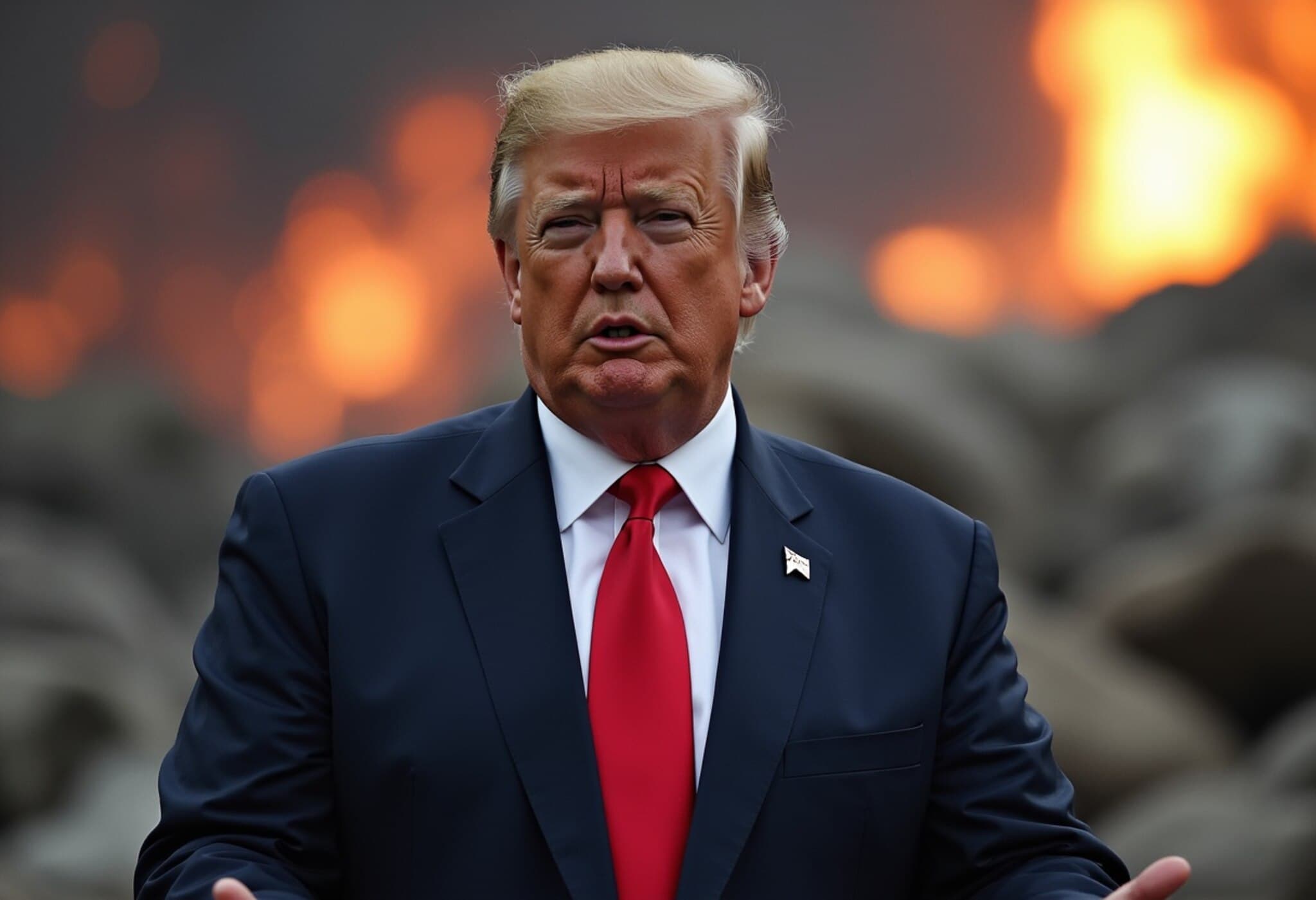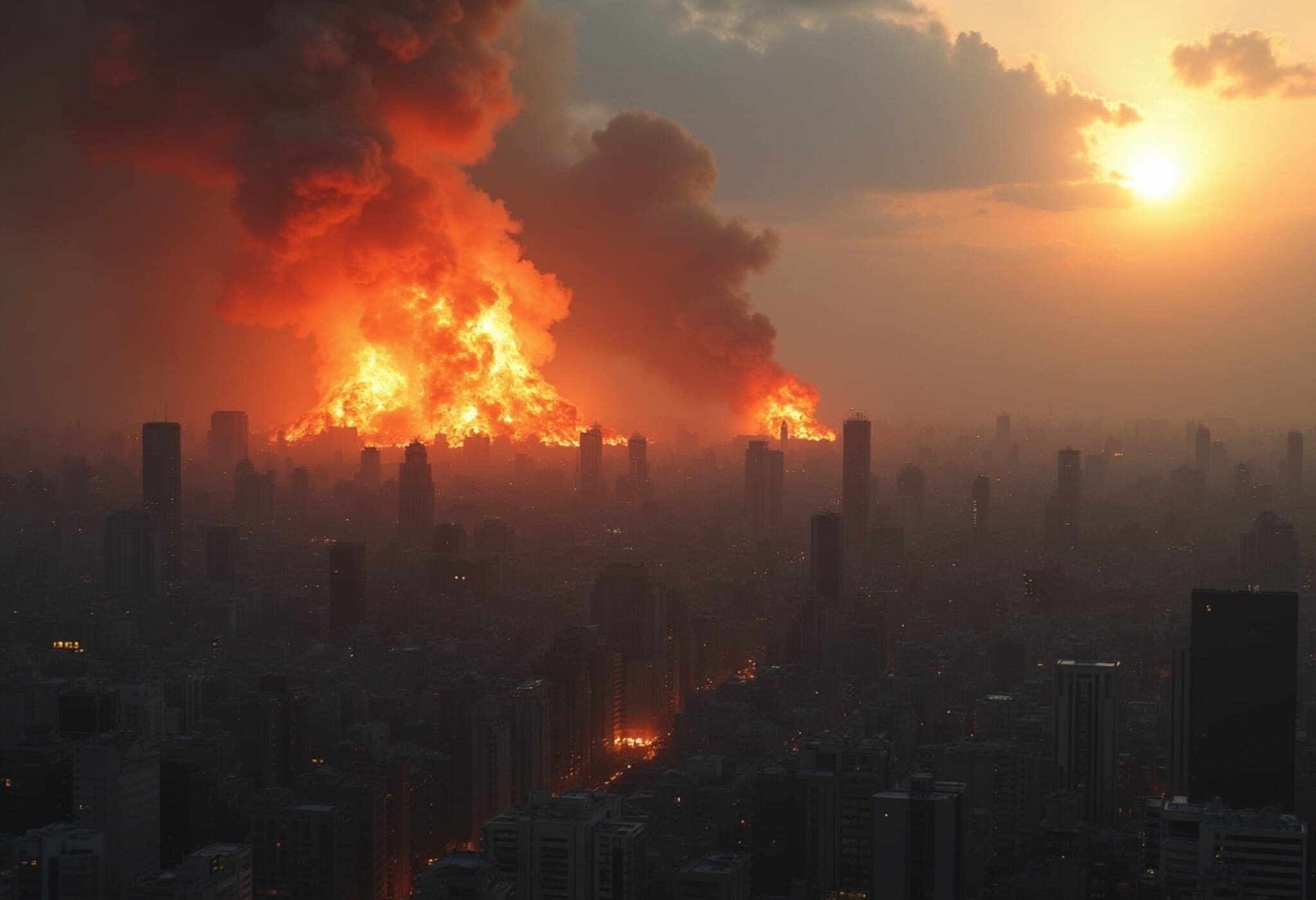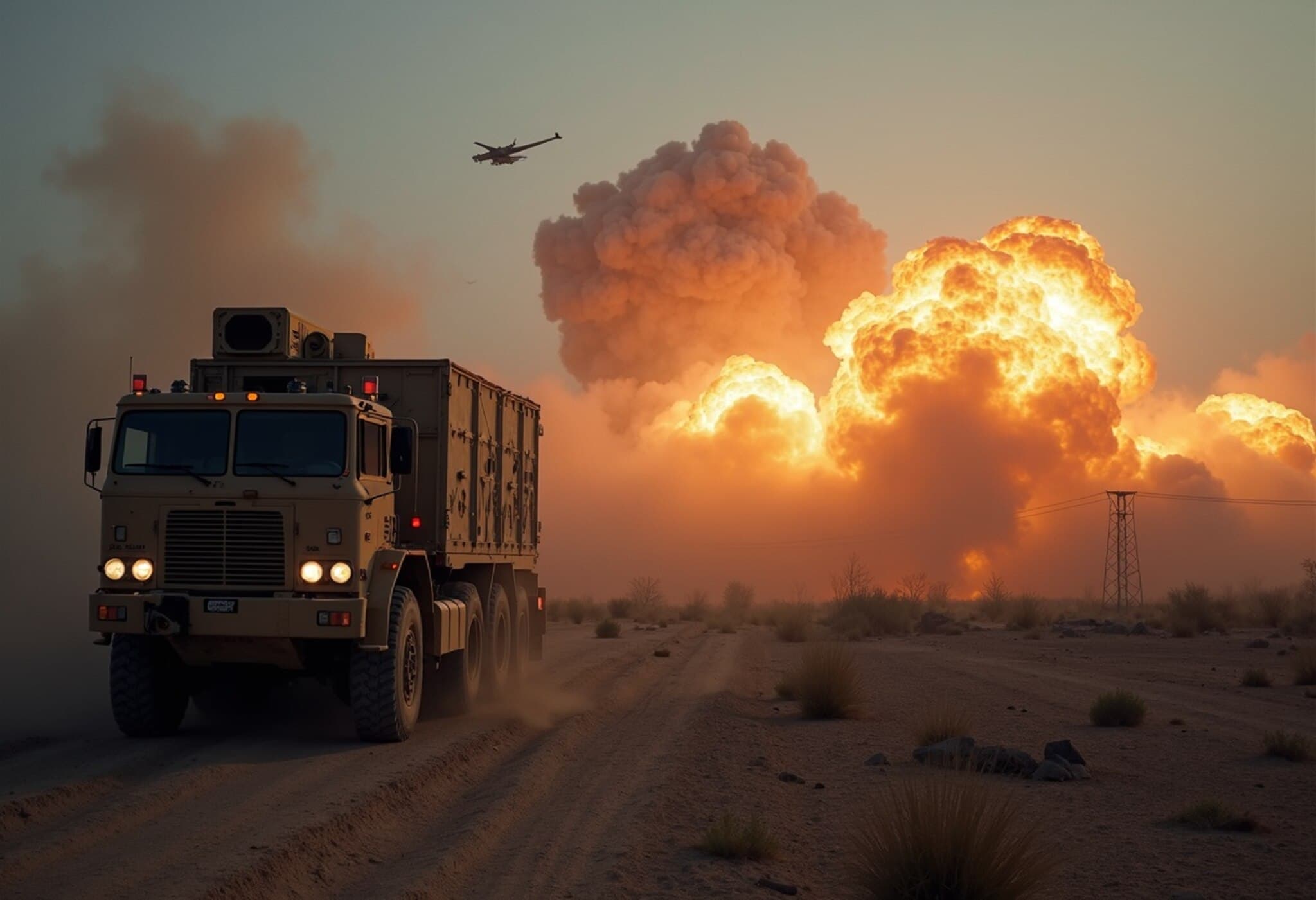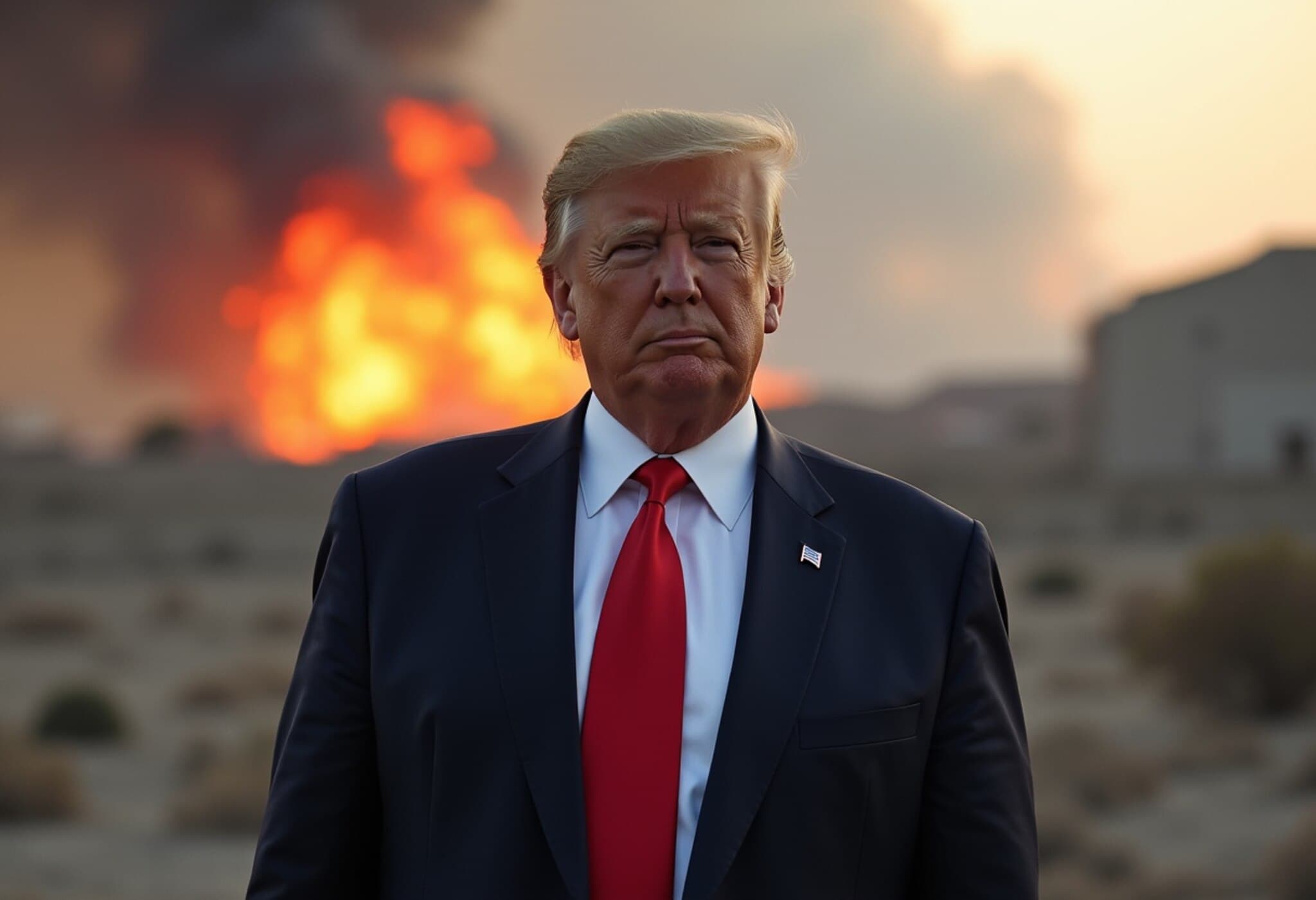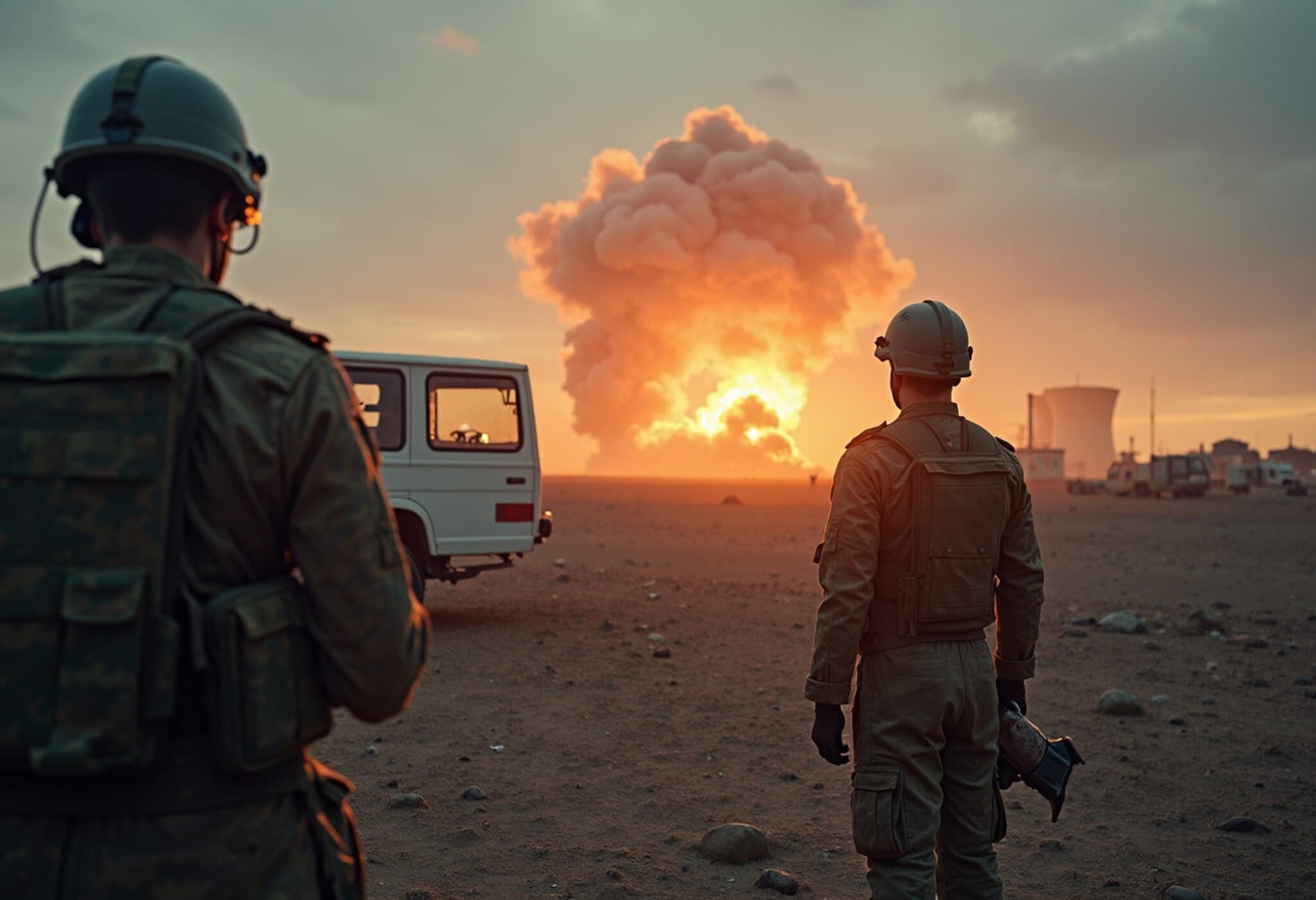US Airstrikes Hit Key Iranian Nuclear Facilities
In a significant military move, the United States launched strikes targeting Iran's three primary nuclear sites, including the Fordo uranium enrichment facility, located nearly 90 metres underground. US officials have described the operation as a devastating blow to Iran's nuclear ambitions.
Assessing the Impact: How Effective Were the Strikes?
While officials from the US Defense Department hailed the raids as a major success, the actual extent of the damage remains unclear. Experts suggest that much of Iran’s enriched uranium might have already been relocated from targeted sites before the strikes occurred.
Satellite imagery indicates ongoing activity around the Fordo facility, hinting that some nuclear materials could have been transferred to undisclosed locations, possibly outside International Atomic Energy Agency (IAEA) monitoring.
One nuclear specialist emphasized that although physical infrastructure may suffer damage, Iran's core technical expertise and knowledge—built over years involving thousands working on the nuclear program—cannot be easily erased.
Meanwhile, some analysts describe the strikes as high-risk operations with unpredictable outcomes, due to the heavily fortified underground nature of the facilities.
In essence, while the destruction of Fordo sends a symbolic message, it may not be enough to halt Iran’s nuclear progress entirely, especially considering the country’s stockpile of advanced centrifuges reportedly stored at secret sites.
What Could Come Next? Iran’s Potential Responses
Experts foresee Iran opting for a measured yet unmistakable response that asserts strength without spiraling into full-scale conflict. Possible retaliatory actions include:
- Striking US assets stationed in the Middle East
- Disrupting the Strait of Hormuz, a crucial global oil artery
- Targeting other strategic energy infrastructure within the Gulf region
Such moves would primarily aim to preserve Iranian dignity and strategic leverage, though they carry substantial risks with unpredictable consequences.
Alternatively, Iran could choose to enact limited retaliations against US interests before redirecting its focus toward hostility against Israel or engage in diplomatic negotiations.
Survival and Strategy: Iran’s Calculated Approach
Political experts suggest that Iran now operates in a survival mode reminiscent of the Iran-Iraq war era, indicating a likely short period of heightened tensions followed by potential managed de-escalation and dialogue.
Worth noting is the possibility that Iran might pivot its retaliatory focus away from the US, instead intensifying pressure on Israeli targets. This strategy could help Tehran avoid a direct escalation with America while signaling defiance.
On the diplomatic front, Iran may deny knowledge of uranium transfers and ultimately consider withdrawing from the Nuclear Non-Proliferation Treaty, potentially pushing the nuclear issue into a more uncertain and dangerous phase.
Looking Ahead
While the US airstrikes delivered a significant tactical strike, the broader strategic implications remain in flux. Iran’s next moves will be critical, not only for regional security but also for global nuclear stability. The situation underscores the delicate balance between military action, political signaling, and diplomatic maneuvering in one of the world's most volatile regions.

